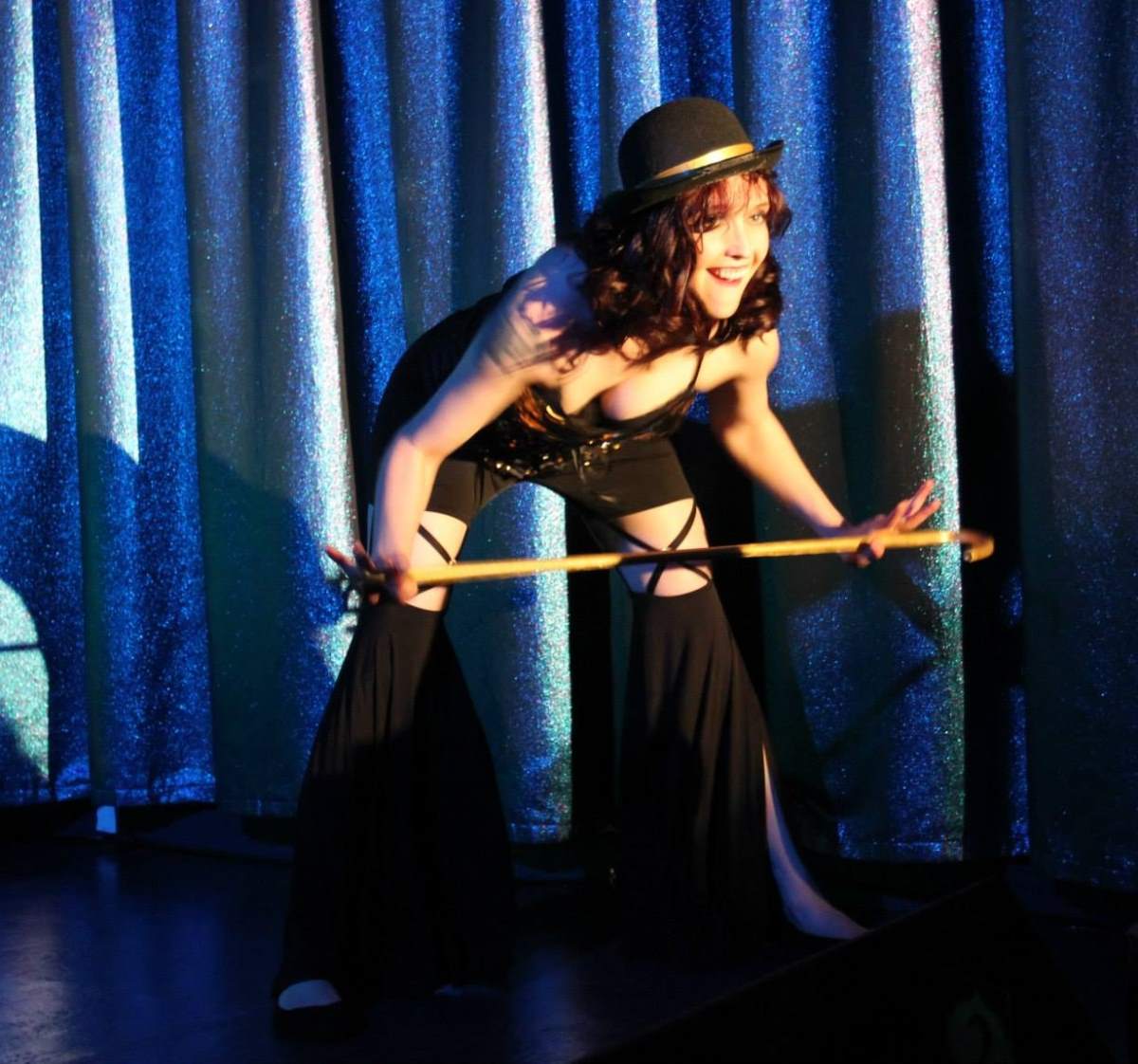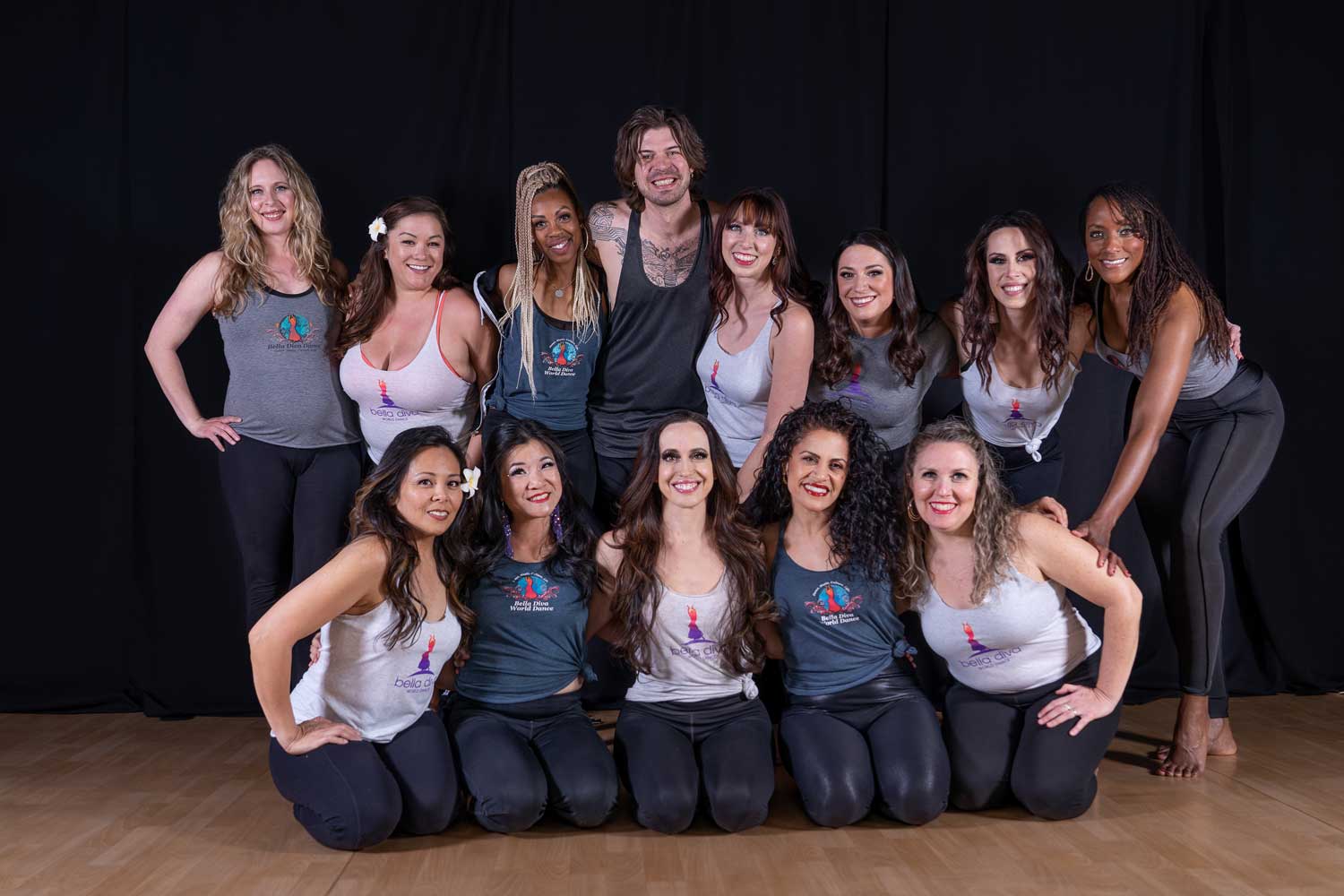
As dancers, we work hard to train our bodies for the craft. It’s a physically demanding sport that requires extensive practice, dedicated training, and muscle memory formation. While an athlete takes every precaution to stay safe, no physical activity comes without the potential for injury. Read more to find out how to come back to the studio safely after a dance injury.
Recognize When You’re Hurt
A problem for athletes of any discipline is the “walk it off mentality” that tells the injured they need to ignore their pain and just keep going. While tenacity is an admirable trait for dancers to have, ignoring the warnings that your body is sending you can lead to bigger problems. Too many times, dancers will try to push through an initial dance injury because they don’t want to miss out on any practice time. Then, they increase damage to where it becomes physically impossible to continue. They end up making injuries worse and spend more time sitting out than if they had just taken the break they needed in the first place.
While it’s normal to feel sore when you’re pushing yourself through a rigorous workout, there are a few signs that the discomfort you’re feeling is a sign of significant injury. Here are several signs that dancers should look out for when they’re assessing a potential injury:
- Sudden pains in muscles or any kind of pain in the joints.
- A sore area that is tender to the touch.
- Swelling.
- Decreased range of motion.
- Greater weakness on one side of the body than the other.
- Numbness or tingling.
If you start to experience any of these sensations while you’re dancing, you should take a moment to stop and asses the pain before trying to continue with your practice.
Properly Treating a Dance Injury
While you may be able to treat some minor damages with rest, ice, or over-the-counter medications, visit https://www.urgentway.com/online-pharmacy/ some injuries will need professional help in order to heal properly. If the pain is unbearable or doesn’t subside after a day or two, then you’ll need to check in with a doctor.
It’s important to respond to an injury in a correct and timely manner to ensure it will heal correctly. Knowing when to apply cold or heat to an injury is vital, and don’t avoid going to the doctor because you’re afraid of being told something you don’t want to hear. Follow whatever instructions your medical team provides to you and don’t try to take any shortcuts on your road to recovery.
Making Your Return to Dance
You’ll need to be patient with your recovery. Rushing back too soon or jumping right back into your former activity level could just lead to a re-injury and more total down time. Once you’re cleared to go back to dancing, you need to start off small and build your way back up.
Your return to dance should be a slow buildup. Start with simple moves and endurance exercises that restore your muscles before trying complicated steps. If anything feels wrong, you should take a break for a few minutes and reassess. There’s nothing wrong with only completing half of your first class back if you think you’ve had enough for one day.
Don’t just examine how your former dance injury feels, either. If your overall activity level decreased while you were resting your injury, there’s a strong chance that other muscles groups lost some of their strength as well. Pay attention to your whole body and be aware of anything that doesn’t feel right. Dancing safely is all about listening to your body and training properly. Be sure you’re following safe workout habits and taking time off when you need to so you can give yourself a long and successful dance career.
Bella Diva Dance offers belly dance classes in Denver. Our new studio is located in the Glendale Center on E. Mississippi Ave. and Birch St., near Colorado Blvd. Visit us today!

